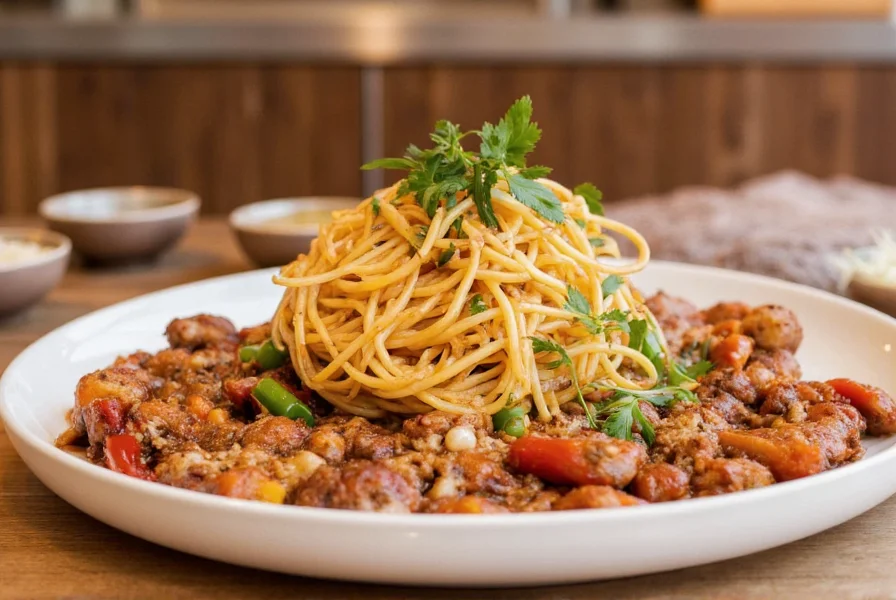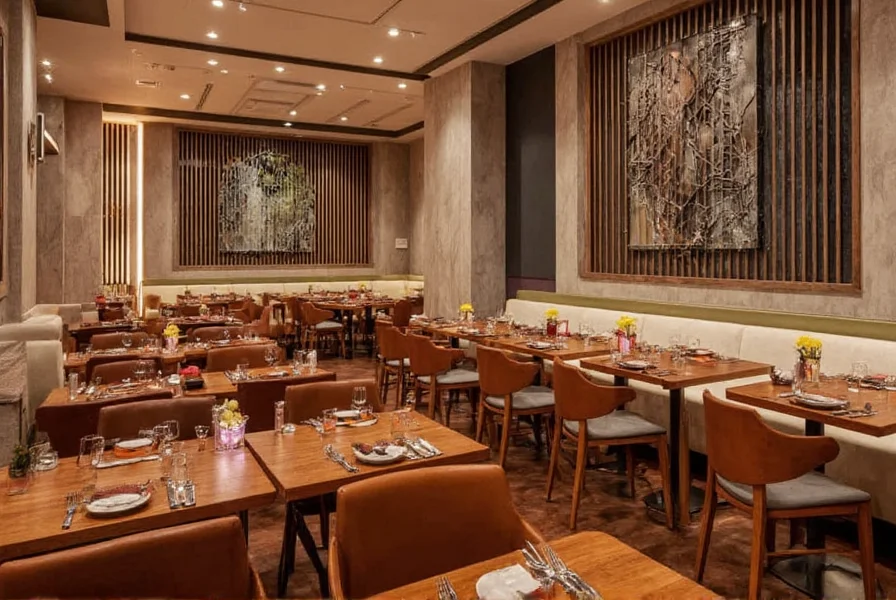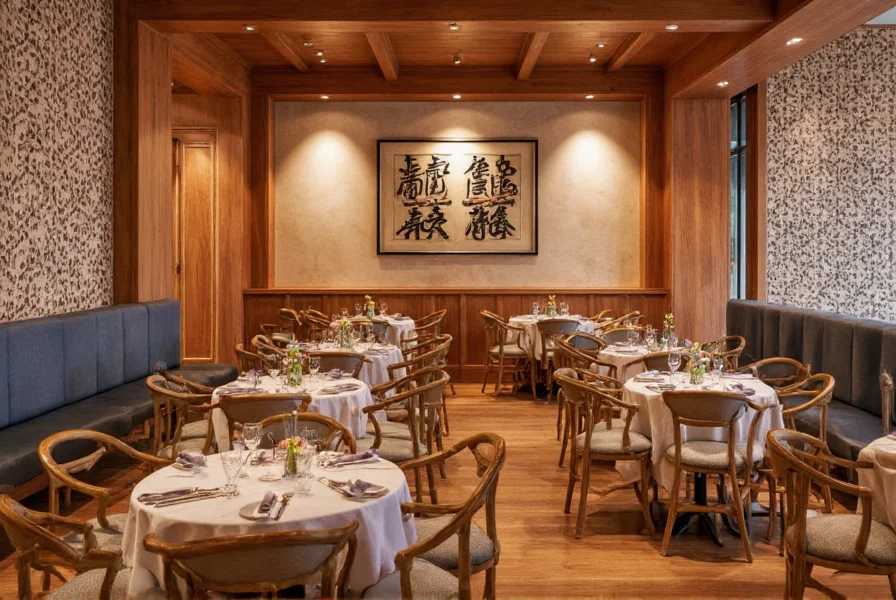When searching for information about Ginger Grill restaurants, diners typically seek authentic details about menu offerings, dining atmosphere, and practical visit information. This guide provides objective insights into what customers can generally expect from establishments operating under this popular restaurant concept name.
Understanding the Ginger Grill Concept
The name "Ginger Grill" immediately signals an emphasis on both cooking technique (grilling) and a signature flavor profile (ginger). Most restaurants using this name specialize in Asian fusion cuisine where fresh ginger serves as a foundational ingredient rather than merely a garnish. Unlike generic Asian restaurants, Ginger Grill concepts typically build their entire menu around ginger's distinctive flavor, creating dishes where this root ingredient shines through without overwhelming other components.
Establishments named Ginger Grill commonly feature open kitchen designs where guests can observe chefs preparing food on traditional grills. The culinary approach often combines elements from multiple Asian traditions—incorporating Japanese teppanyaki techniques, Chinese stir-fry methods, and Southeast Asian flavor profiles—all unified by the prominent use of ginger in various forms: fresh, pickled, candied, and as infused oils.
Signature Menu Offerings
While specific menus vary by location, most Ginger Grill restaurants share several signature items that showcase their namesake ingredient:
| Menu Category | Common Ginger-Infused Dishes | Preparation Style |
|---|---|---|
| Appetizers | Ginger edamame, ginger shrimp dumplings, ginger-scallion pancakes | Steamed, pan-fried, or lightly grilled |
| Main Courses | Ginger chicken teriyaki, ginger beef short ribs, ginger salmon | Grilled over open flame with ginger marinades |
| Sushi Rolls | Ginger-infused salmon rolls, pickled ginger tuna rolls | Traditional rolling with ginger-enhanced rice |
| Desserts | Ginger panna cotta, candied ginger ice cream | Infused creams and candied preparations |
Many Ginger Grill locations develop seasonal menus that highlight different ginger varieties—such as young ginger during spring months or preserved ginger during winter seasons. This attention to ingredient seasonality demonstrates culinary expertise that distinguishes authentic Ginger Grill concepts from more generic Asian dining options.

Dining Experience Considerations
Understanding what to expect from the dining experience helps potential guests determine if a Ginger Grill location matches their preferences. Most establishments maintain a casual but refined atmosphere with design elements that reflect the restaurant's culinary focus:
- Service style: Typically counter service or table service with knowledgeable staff who can explain ginger preparation methods
- Ambiance: Modern interpretations of traditional Asian design with warm wood tones and subtle ginger-themed decor elements
- Price range: Generally moderate pricing ($15-$25 for main dishes) making it accessible for both casual weeknight dinners and special occasions
- Special features: Many locations offer chef's table experiences where diners can watch ginger preparation techniques up close
For those with dietary restrictions, most Ginger Grill restaurants accommodate common requests. The prominence of ginger as a flavor component rather than a primary ingredient means many dishes can be adapted for gluten-free, vegetarian, or reduced-sodium preferences without compromising the essential dining experience.
How Ginger Grill Compares to Similar Concepts
When evaluating dining options, understanding how Ginger Grill differs from comparable restaurant concepts proves valuable. While sharing some similarities with other Asian-inspired establishments, key distinctions exist:
- Compared to generic Asian restaurants: Ginger Grill focuses specifically on ginger as the unifying flavor element rather than offering broad representation of multiple Asian cuisines
- Compared to teppanyaki restaurants: While both feature visible cooking techniques, Ginger Grill emphasizes ginger-infused preparations rather than theatrical chef performances
- Compared to sushi bars: Ginger Grill typically offers more cooked menu options alongside sushi, with ginger playing a starring role in both categories
These distinctions help explain why customers specifically searching for "Ginger Grill" rather than general Asian dining options often have particular expectations regarding flavor profiles and culinary approaches.

Practical Information for Potential Guests
When planning a visit to a Ginger Grill location, several practical considerations affect the dining experience:
- Reservations: Most locations accept reservations for parties of six or more, though walk-ins are typically welcome for smaller groups
- Peak hours: Dinner service between 6-8 PM often experiences highest demand, particularly on weekends
- Best menu items: Customers frequently report that grilled items prepared tableside showcase the restaurant's ginger expertise most effectively
- Complementary flavors: Dishes featuring citrus elements or mild chilies often pair particularly well with ginger preparations
For those seeking authentic ginger-forward cuisine without venturing into overly adventurous flavor territory, Ginger Grill concepts generally provide an accessible introduction to ginger's versatility in Asian cooking traditions.
Frequently Asked Questions
What makes Ginger Grill different from other Asian restaurants?
Ginger Grill establishments distinguish themselves by featuring ginger as a central flavor component across their entire menu rather than just as an occasional ingredient. Their cooking techniques specifically highlight ginger's versatility through various preparation methods including fresh grating, pickling, candying, and oil infusion, creating a cohesive culinary experience centered around this single ingredient.
Are Ginger Grill restaurants suitable for people with ginger sensitivities?
While ginger features prominently in most dishes, many Ginger Grill locations can accommodate guests with ginger sensitivities by modifying preparations. It's recommended to inform staff of any sensitivities when ordering, as some menu items may have ginger as a primary ingredient while others use it more subtly as part of complex flavor profiles.
What should first-time visitors to a Ginger Grill restaurant order?
First-time visitors often enjoy trying the signature ginger chicken or ginger salmon, which showcase the restaurant's namesake ingredient in approachable preparations. Many locations also offer tasting menus that provide a curated selection of ginger-infused dishes across multiple courses, giving newcomers a comprehensive experience of the restaurant's culinary approach.
Do Ginger Grill restaurants offer vegetarian or vegan options?
Most Ginger Grill locations provide vegetarian options that feature ginger prominently, such as grilled vegetable skewers with ginger marinade or tofu dishes. Vegan options may be more limited since some ginger preparations use fish-based ingredients, but staff can typically suggest modifications to accommodate vegan dietary preferences.











 浙公网安备
33010002000092号
浙公网安备
33010002000092号 浙B2-20120091-4
浙B2-20120091-4